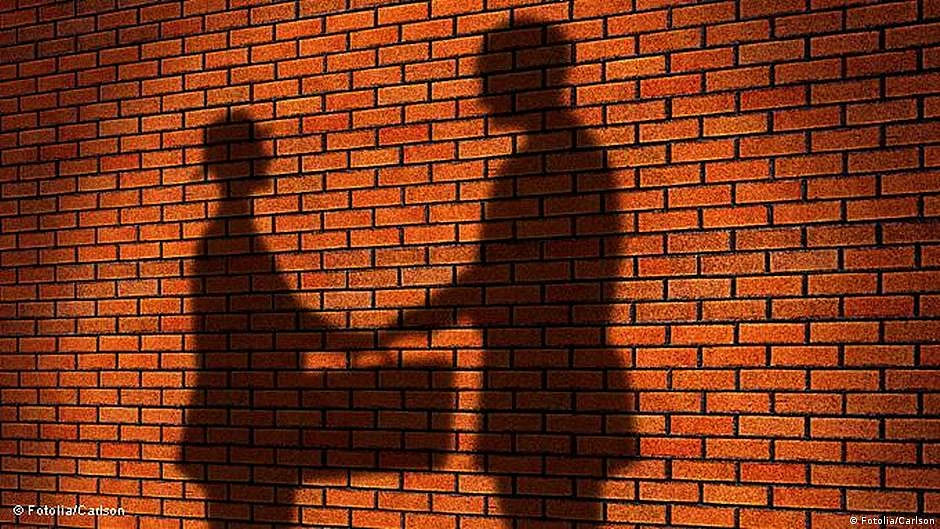India ranks a low 85 with score of 40 on Transparency International’s 2021 Corruption Perceptions Index
‘Mechanisms that help reign in corruption are weakening, alongside concerns over health of democracy and decay of fundamental freedoms and institutional checks and balances,’ the report says

Two years into the pandemic, India ranks 85 out of 180 countries with a score of 40 in Transparency International’s 2021 Corruption Perceptions Index (CPI). India’s score of 40 has remained stagnant from the previous year, but Transparency International states ‘it is the country to watch’.
“Mechanisms that help reign in corruption are weakening, alongside concerns over the health of democracy and the decay of fundamental freedoms and institutional checks and balances. Journalists and civil society organisations are being targeted for speaking out against the government,” states the report.
The report noted that certain forms of corruption were intrinsically linked to discriminative practices in the country, which includes caste-based discrimination.
Amongst Asia Pacific countries, New Zealand (88) led the region and the world, with Singapore (85) and Hong Kong (76) rounding out the Asia Pacific top three. North Korea (16), Afghanistan (16) and Cambodia (23) are the lowest in the region. In Asia Pacific, 77% of countries have declined or made little to no progress in the last 10 years. The CPI considers countries with 100 as very clean and 0 as highly corrupt. No country scored 100.
Among India’s neighbours, Bhutan is ranked 68 out of 100, Myanmar and Pakistan are ranked 28/100, Bangladesh 26 and Nepal 33. China is ranked slightly higher than India at 45.
Australia (73) is one of the world’s most significant decliners over the last decade, falling by a total of 12 points to hit a historic low this year. Laws and regulations are inadequate across different fields, with no national integrity commission and a lack of adequate lobbying regulations, the report says.
This year, the top countries were Denmark, Finland and New Zealand, each with a score of 88. Norway, Singapore, Sweden, Switzerland, the Netherlands, Luxembourg and Germany complete the top 10. South Sudan, Syria and Somalia remain at the bottom of the index.
Countries experiencing armed conflict or authoritarianism tend to earn the lowest scores, including Venezuela, Yemen, North Korea, Afghanistan, Libya, Equatorial Guinea and Turkmenistan.
Since 2012, 23 countries have significantly declined on the CPI – including advanced economies such as Australia (73), Canada (74) and the United States (67), the latter dropping out of the top 25 countries on the Index for the first time.
Even among democracies, the last decade has seen backsliding on both anti-corruption efforts and human rights. Poland’s civil liberties score declined and its CPI score dropped to 56, as its government cracked down on activists through insult laws and severely limited media freedom.
“The perception index is based on impressionist surveys. It has always been criticised for that. However, there are problems which exist in India which regards to respect for freedoms and human rights guaranteed by the Constitution and how corruption is affecting the realisation of these rights,” said Venkatesh Nayak, human rights activist. He also reviewed the India-specific document for Transparency International.
The current Indian government has diluted the anti-corruption law as a result of which it has become difficult to even investigate cases of corruption, pointed out Nayak, unless they are trap cases without the permission or sanction of the government. The Lokpal at the central level has turned out to be a dud, he said.
“The numbers of cases that are going to Lokpal are progressively coming down year after year. Ever since its inception, not a single case has reached the prosecution level and it is opaque about the status of the complaints it is looking into. It doesn’t show much promise into tackling corruption as far as India is concerned. Even lesser details are known about the functioning of the Lokayuktas in the states and only 21 states have Lokayukta,” underscored Nayak.
At the state level, the quality and effectiveness of Lokayuktas differ. For example, out of 28 states and three Union Territories, nine (Assam, Bihar, Chhattisgarh, Delhi, Goa, Jharkhand, Kerala, Madhya Pradesh and Uttar Pradesh) have not amended their laws to bring them in line with the Lokpal and Lokayukta Act of 2013.
Moreover, 10 states do not have a Lokayukta website, and only three (Odisha, Maharashtra and Mizoram) make provisions for online complaints.
The report stated that a challenge noted in the Indian context is the adequate working of key institutions, which “often fall prey to quarrels among the particularistic interests of political actors, or alternately to abuse of office”. “All anti-corruption agencies are under governmental control, so there is no hope of accountability,” added Nayak.
India has the highest bribery rate and the highest rate of citizens using personal connections in Asia. A complicated and slow bureaucracy, excessive red tape and ambiguous regulatory mechanisms enable a culture where citizens use “networks of familiarity and petty corruption” to access basic services. Bribes are paid to both obtain and expedite services, such as police protection, school admission, water supply and government assistance.
The 2021 TRACE Bribery Risk Matrix places India in the “medium” risk category, ranking it 82 out of 194 countries, with a risk score of 44.
Corruption has been a prominent feature of the pandemic, with reports of black-marketing essential medical items and services, overcharging of COVID-19 patients, fraud in the procurement of ventilators and distribution of fake vaccines.
Follow us on: Facebook, Twitter, Google News, Instagram
Join our official telegram channel (@nationalherald) and stay updated with the latest headlines